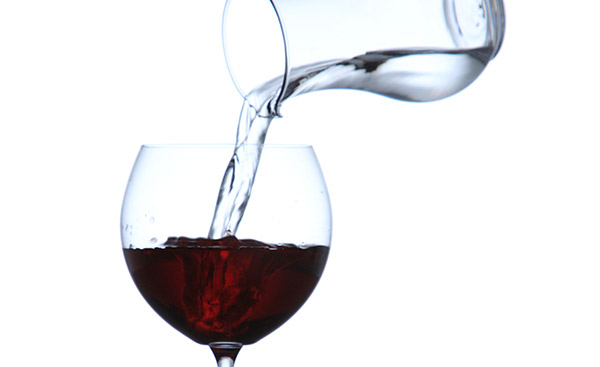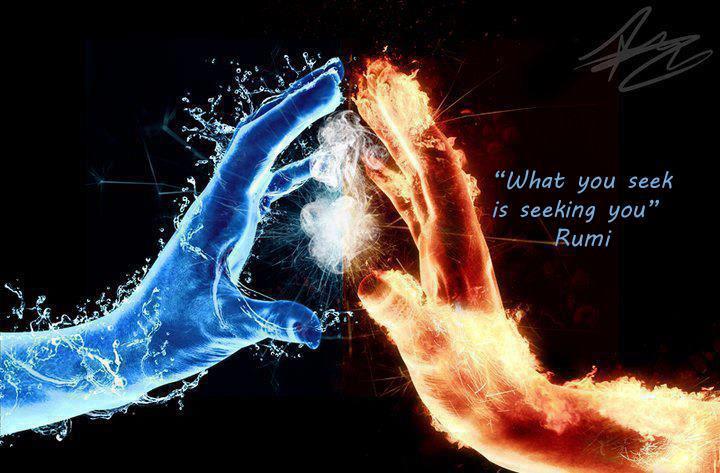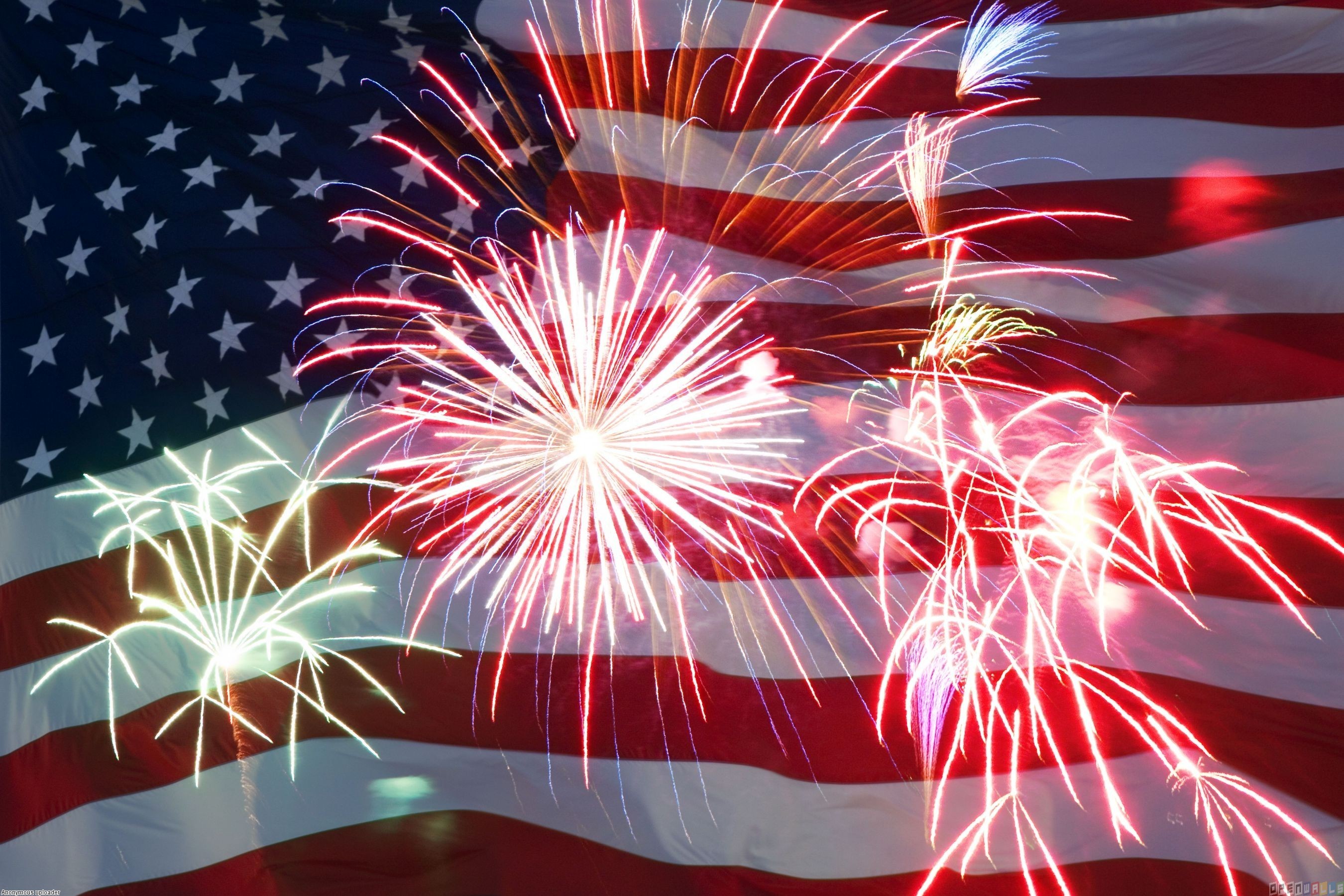Water to Wine
The Text
The next day there was a wedding celebration in the village of Cana in Galilee. Jesus’ mother was there, and Jesus and his disciples were also invited to the celebration. The wine supply ran out during the festivities, so Jesus’ mother told him, “They have no more wine.” “Dear woman, that’s not our problem,” Jesus replied. “My time has not yet come.” But his mother told the servants, “Do whatever he tells you.” Standing nearby were six stone water jars, used for Jewish ceremonial washing. Each could hold twenty to thirty gallons. Jesus told the servants, “Fill the jars with water.” When the jars had been filled, he said, “Now dip some out, and take it to the master of ceremonies.” So the servants followed his instructions. When the master of ceremonies tasted the water that was now wine, not knowing where it had come from (though, of course, the servants knew), he called the bridegroom over. “A host always serves the best wine first,” he said. “Then, when everyone has had a lot to drink, he brings out the less expensive wine. But you have kept the best until now!” This miraculous sign at Cana in Galilee was the first time Jesus revealed his glory. And his disciples believed in him. John 2:1-11
1. What does this story say?
2. What does this story say about Jesus?
3. What does this story mean for you?
Thoughts
John leaves the impression that Jesus backed into doing his first miraculous sign. Jesus is persuaded to do this first work by the request of his mom. John thought this sign important enough to not only include, but to lead with, and to take the time to tell us this was the first sign. The story itself leaves us with as many questions as answers after we’ve read. Like most stories in the Bible, details and specifics are sparse. I believe this is by design so that we do not automatically cite the difference in our life or circumstances. John never mentions the names of the bride and groom. Jesus and his followers receive an invitation based on the fact that Jesus’ mom, Mary, was at the wedding. Possibly Mary was a friend of the groom and his family. When she sees that the wine had ran out she passes that information on to Jesus. Running out of wine was more than a social inconvenience. There were no corner stores to go and buy some more drinks for the guest and often there was an element of obligation within the community when hosting such a feast. It is illogical to think that Jesus would have performed a miraculous sign just to spare a person from a minor embarrassment. At Mary’s prodding Jesus turns regular H2O into between 120 and 180 gallons of quality wine. The qualitative difference was so great, the master of the ceremony calls over the groom for clarification. Finally, John tells us that by performing this work, Jesus was showing his glory.
Implications
The first time I remember reading this water to wine account was years ago. Honestly, it left me a little baffled as to why the story was included in the biblical record about Jesus. But, like wine that improves over time, the stories about Jesus take on meaning as we meditate and reflect upon them. The first point that comes to the surface for me is the idea of total transformation. It is not just that the water becomes better water because of Jesus. The water becomes a completely different substance because of Jesus. It is not merely an improvement, but an absolute new creation. I believe this element is precisely why John begins with this sign. He is telling us that Jesus is not wanting to improve just a little bit on what you already have going, he wants to transform you completely. In the television show, The Biggest Loser, we get a hint of transformation. The contestant who makes it through the arduous months of training and diet to win the contest hardly looks like the same person at the end. Jesus wants to cause the same kind of transformation in us, from the inside out. He wants others to look at us and think, “yes, this is the same person, but something is very different about them.” The second point is that of purification. Notice that the stone jars the servants filled with water were there for “ceremonial washing.” In other words, those jars were used to help Jewish people live out a relationship with God. Jesus, by using them as his first sign is indicating that he came to give people a new way to be right with God. He, not rites or religious practice, is what cleans off and clears away that which stands between humans and God. As you reflect upon this first sign, my prayer is that Jesus’ glory will be revealed to you.
Continue reading more good news in the Signs Series…
Blessings,
Marty Hale
Thanks for visiting www.martyhale.org!







